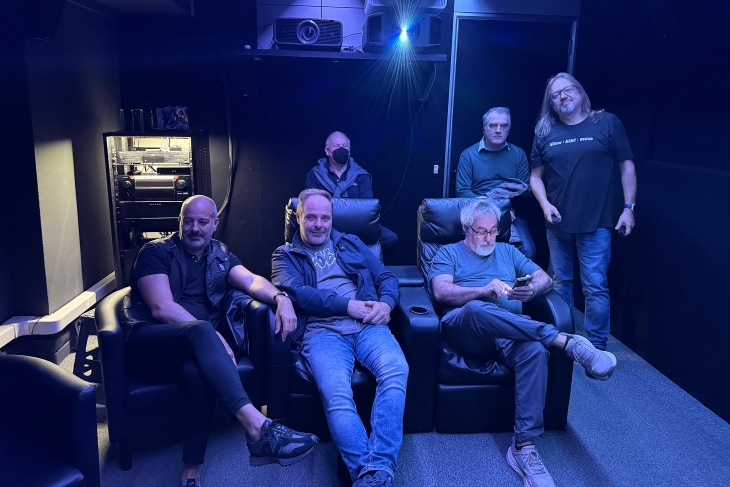I am a former owner of a TX-NR818. I have received this newer model, TX-NR828, in replacement of my old unit which could not be fixed. When it worked, it worked great I have to say (you can check my review).
This did not turn out to be good thing because, based on specifications, the 828 model is an obvious downgrade of the 818 (in general it appears to be the case of the whole 2013 line of receivers when compared to their 2012 predecessors).
This is a legitimate marketing choice of Onkyo: reduce features, specifications and price at the same time, but I am not sure it will pay off for them. For the prospective buyer who was thinking to purchase the 818 and can no longer find it anywhere, I would overlook this 828 and stretch the budget for a 929 (when released).
I resisted the temptation of leaving it untouched inside the box and gave it a fair try. I am now on day 5.
Sadly, all I was forecasting turned out to be true. The sound quality does not really hold a candle to the TX-NR818 and I hope you will trust my words. Bedsides the Audyssey equalization, now downgraded 2 steps backwards from MultiEQ XT32 to MultiEQ (nearly entry level), I suspect that something has changed for the worse also in the amplifier section. The reduction in weight is likely because they adopted a digital power supply (like Harman Kardon did for the x700 line of receivers) and that may not be the culprit. I believe something has changed in the actual power delivered by this receiver. I used to listen my reference Blue Ray (Avatar) at just 35% of the volume with the TX-NR818, while here I had to go above 50% (I settled for 54% but having no precise instruments available, I cannot guarantee the very same sound pressure of the 818 at 35% was given: just a rough measure of power stating clearly that this unit is much less powerful than the previous one). The sound is also drier and colder than the 818: this might be because of the low-end vs high-end Audyssey equalization. I really disliked what I heard during music listening (32-bit FLAC). It reminds me the sound I got from the Pioneer SC-1222K right after running full MCACC: the problem here is that with Audyssey you cannot fine-tune anything, while MCACC allows you to perform all the tweaking you want from the results obtained after full calibration. So the Pioneer can be brought to a more acceptable, less "clinical" type of sound, while the Onkyo 828 stays there, unless you go into pure direct mode, which anyways I never liked in any Onkyo or Denon receiver (for some reasons, all Audyssey-equipped receiver end up sounding really brittle and lifeless when Audyssey is disabled; Harman Kardon receivers do not show this tendency when you disable EzSetup).
If you just watch TV and movies the difference in sound vs. the TX-NR818 may be less noticeable (you would still notice the power drop, though), but in music mode it is, well..., crude.
GIU remained the same: not nearly as good as Harman Kardon and Denon have to offer, however acceptable, way better than Pioneer.
Functionality of my unit appears to be fine, at least for now.
Some welcome addition are to be found in the Internet radio section, now equipped with a wider choice. Tune-in radio works well and sounds better to my ears than V-tuner. I am not a member of Spotify so I could not test this (already present before).
All in all, this receiver turned out to be exactly what I expected by reading its specifications: an obvious downgrade to its predecessor, the TX-NR818.
UPDATE 20-AUG-2013
I have sold that unit and now have acquired a TX-NR929. Ok, this one performs exactly like the 818 and has a few extras which I do not use (WiFi and Bluetooth). Further good news is that I could not find any bug in this first week of ownership. Indeed if you cannot find any more a brand new 818 this would be the way to go, albeit for considerable more $$$. Even if you can, you will want to keep in mind that all the 2013 models use a new HDMI board which hopefully resolves the well-identified major risk factor of the 2012 models.
The major difference in sound is not just in the better integrated bass ensured by Audyssey XT32, but also less fatiguing treble, overall more detailed and balanced sound which does justice also to music listening, while the 828 appears to be geared toward movies (should I say "action" movies?) instead. And more reserve of volume too.




